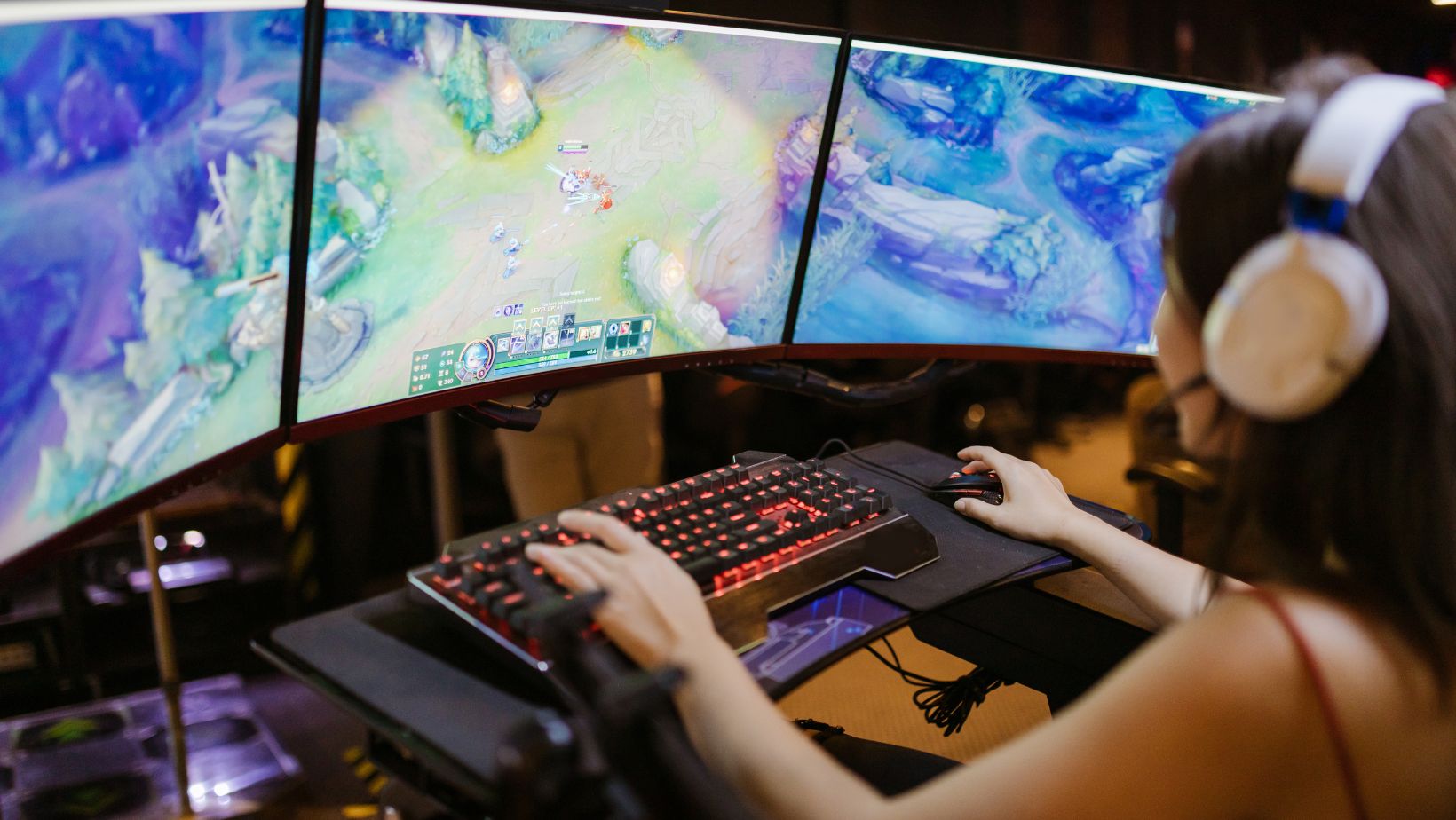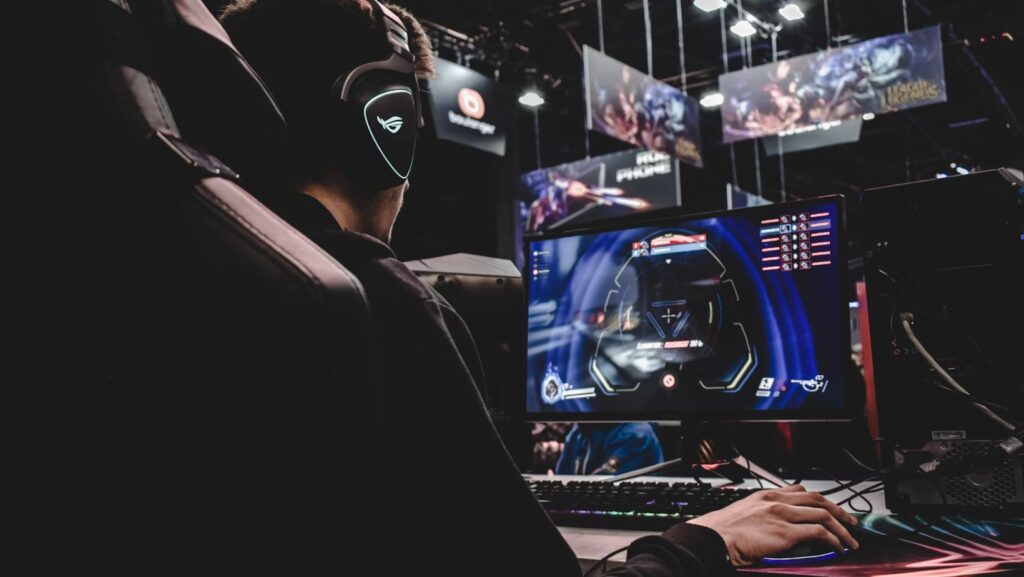You’ve probably noticed the blurring of the lines between virtual and traditional sports. We now live in a world where pixels and athletic prowess increasingly intersect. What was once a niche sport focused gaming subculture has rapidly transformed into a global competitive eSport phenomenon, challenging your perception of what constitutes an athlete.
The evolution of eSports means that tournaments now rival traditional sporting events in viewership and prize money, while fantasy leagues allow you to become a strategic manager across digital and physical domains. But how deep does this convergence go, and what does it mean for the future of competitive entertainment? The answer might surprise you.
Key Takeaways
- The rise of digital platforms enables seamless integration between esports competitions and traditional sports fan engagement strategies.
- Advanced data analytics and performance tracking technologies are bridging the gap between virtual and physical athletic experiences.
- Universities and professional organizations are increasingly recognizing esports as a legitimate competitive domain with comparable training methodologies.
- Cross-platform technological innovations like AR and VR are creating immersive competition experiences that blur traditional sports boundaries.
- Strategic skills developed in competitive gaming are now being valued and translated across traditional sports management and training paradigms.
The Evolution of Analytics and Consumer Preferences
The digital sports landscape is rapidly transforming and reshaping how athletes, teams, and fans interact – in part due to widely available ‘Big Data’ and the democratization of the sport watching habits of billions – thanks to ‘always-on’ smartphones.
You’re also witnessing an unprecedented shift where data analytics have become the cornerstone of strategic decision-making by sports team management and coaches, with the sports technology market projected to exceed $42.5 billion by 2027.
Wearable performance technologies are enabling athletes and management to optimize physical capabilities and performance through real-time biometric monitoring and personalized training insights.
Digital platforms are also revolutionizing fan engagement, offering unprecedented access and insights into performances that were once hidden from view.
As traditional sports embrace digital infrastructure and the power of data, they’re adapting to changing consumer habits. You’ll see more teams leveraging advanced technologies to improve player performance and engage with digitally native audiences, expanding reach through mobile apps and thrill-a-minute streaming platforms.
The boundaries between physical and virtual competitions are blurring, creating a more dynamic, interconnected sporting ecosystem that demands continuous innovation and technological integration.
Gaming Beyond Entertainment
While gaming has long been perceived as mere entertainment, its potential extends far beyond recreational pursuits. You’ll find gaming technology transforming industries through innovative applications in medical diagnosis, data analysis, and exploration. Educational games, particularly those designed to engage women in STEM fields, are bridging gender gaps in technology and learning environments.
From oil and gas sectors to military training, gaming’s computational power drives real-time data processing and visualization. You can witness gaming’s impact in supercomputing, where the industry helps reduce technological costs and make advanced computing more accessible.
Virtual reality and 3-D internet technologies, pioneered by gaming, now serve significant functions like desensitizing post-traumatic stress victims and creating immersive training environments. Beyond technical applications, gaming develops vital skills like critical thinking, problem-solving, and strategic planning, proving its value extends well beyond simple entertainment.
Breaking Demographic Barriers
Despite persistent challenges, e-Sports stands at a critical crossroads of demographic transformation. FanDuel research highlights key trends in this shift, emphasizing how inclusion efforts are reshaping competitive gaming spaces. You’ll find that only 5% of professional players are female, highlighting the urgent need for systemic change.
The toxic gaming communities in titles like Counter-Strike and League of Legends have historically deterred women and LGBTQ+ gamers from advancing professionally. However, initiatives like Telekom’s Equal eSports Initiative and Gaming for Inclusion are creating pathways for underrepresented groups. You can witness the potential through role models like Sasha “Scarlett” Hostyn, who’s breaking traditional barriers.
Investment and Market Dynamics
Breaking demographic barriers isn’t just about representation—it’s also about recognizing the substantial economic potential driving esports forward.
The eSports industry is projected to reach $315 billion by 2026, with venture capitalists strategically investing $4.5 billion in 2018. The market’s momentum isn’t slowing down, particularly in sectors like eSports gambling, which is expected to generate $138 billion in revenue by 2028.
The investment landscape is dynamic, with late-stage companies attracting increasing deal values and technological innovations like blockchain and virtual reality creating new opportunities. The contributions of wagering options such as Fantasy basketball bets should not be underestimated, as these leagues have contributed to the surge in fantasy sports participation, which is anticipated to grow by $10.13 billion from 2025 to 2029. These trends signal a transformative period where virtual and traditional sports aren’t just competing, but converging into a robust, interconnected ecosystem.
Future of Competitive Play
The global esports landscape is undergoing a transformative revolution, rapidly evolving from niche entertainment to a mainstream competitive ecosystem.
You’ll witness this transformation through key developments that are reshaping competitive play:
- Technological advancements in AR and VR will create immersive competitive experiences.
- Universities are increasingly integrating esports programs, developing professional talent pipelines.
- Cross-platform integration will blur traditional boundaries between virtual and physical sports.
Your understanding of competitive play must expand beyond conventional boundaries.
Strategic thinking, dedicated practice, and skill development are becoming universally recognized across both esports and traditional sports.
As the industry continues to grow, you’ll see increased global expansion, cultural impact, and mainstream integration that will fundamentally redefine what it means to be a competitive athlete in the digital age.
Pixels and Players – The Future of Sport
You’re standing at the crossroads of a digital revolution, where pixels and prowess dance together like lightning and thunder. Sports aren’t just games anymore—they’re immersive experiences bridging generations and platforms. As technology continues to blur boundaries, you’ll witness an unprecedented era where virtual skill and physical talent converge, creating a dynamic, inclusive landscape that redefines competition itself.

